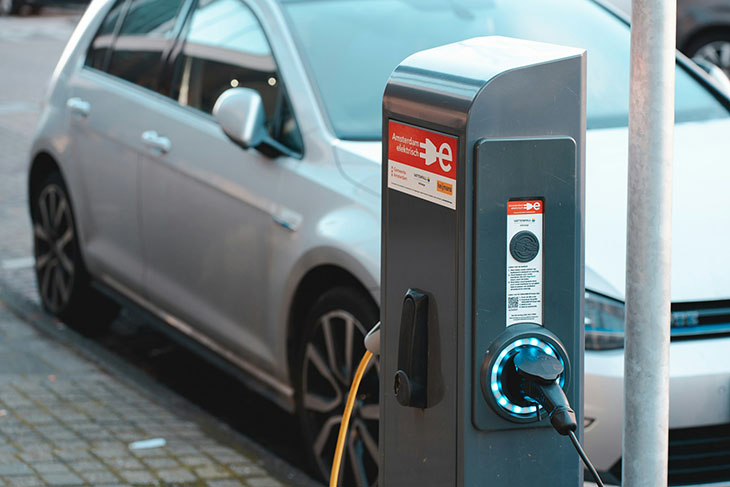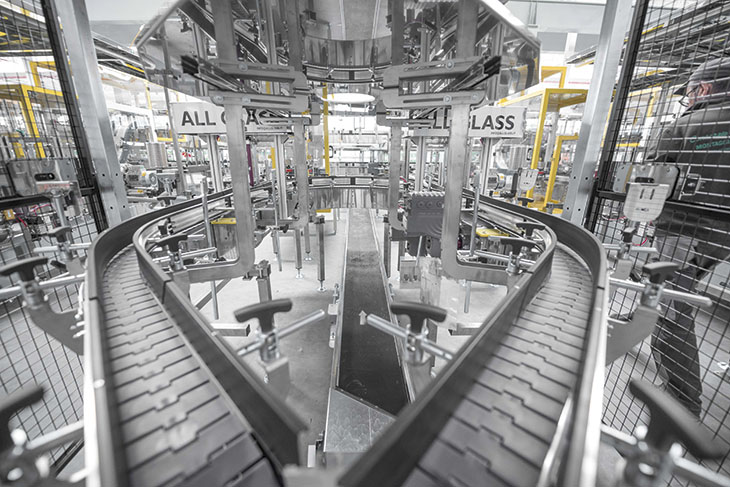Metal casting is a practice as old as history, but technology keeps finding novel ways to improve its capabilities. Today, engineers and product designers can combine conventional metal casting techniques — like sand casting, investment casting and die casting — with 3D printing molds for casting.
There are numerous advantages to using 3D printed patterns or 3D printed molds for metal casting. Here's a look at several of them.
1. When You're Under Time Constraints
It's wise to choose 3D printing molds for casting when you're up against strict deadlines for project turnaround.
Machine operators can use a 3D printer to create a pattern for metal casting directly from digital design files and share them effortlessly using the cloud. The alternative involves the usual process of shaping wood, wax, foam or plastic into a suitable pattern.
One thing to note about 3D printing in combination with metal casting is that most applications won't hamstring your choice of materials. You can probably fold a 3D printer into your process fairly seamlessly if you work with brass frequently because of its corrosion resistance. You can also incorporate 3D printers into the casting processes of numerous other metals.
2. When You Need to Recreate the Mold
One of the downsides of using 3D-printed molds for casting is that they are usually expendable, meaning they can't be reused. This is in contrast to molds crafted from cast iron or steel, which are highly resistant to corrosion and intense heat.
However, 3D-printed molds are not as ephemeral as they first appear. It's easy to recreate 3D printing molds for metal casting even when the physical mold has been destroyed in the process. Digital design means machine operators can retrace their steps if they need to.
3. When Your Design Is Highly Complex
3D printing is a welcome addition to investment (lost-wax) casting. This very old metal casting technique is still used today because it produces highly complex designs. Common applications include art, jewelry, precise medical instruments, and automotive and aerospace components.
Before 3D printing molds for casting, professionals solely used wax for investment casting. A 3D printer adds repeatability to the process and further enhances the low tolerances it’s associated with. Parts fashioned this way can be intricate and feature multiple hollows or cores.
4. When Cost Savings Are a Priority
Manufacturers and machine shop operators will be relieved to learn that a further advantage of using 3D printed molds for metal casting is cost savings. Conventional metal casting methods can limit the creator's ultimate design freedom and are costlier and more time-consuming to carry out than using 3D printing molds.
Designing, iterating, prototyping and redesigning are all far cheaper to do with 3D printers compared to sand casting, die casting or traditional investment casting. That’s due to 3D printers' fast turnaround times and the ability to produce prototypes in-house.
5. When the Finish and Surface Detail Matter
Pewter casting is a popular process among jewelry makers, artists and hobbyists. The conventional method involves either pull-apart or sacrificial molds fashioned from sand, wax, silicone, cast iron or steel. There are two ways to incorporate 3D printers into this process. The first is to use a 3D printer to directly print the pewter component. This yields acceptable results.
The second method is superior and reveals 3D printing's impressive ability to combine seamlessly with more "traditional" casting methods. Printing not the workpiece but the mold preserves the greatest amount of detail possible and yields a more attractive surface that's ready for sale or finishing.
6. When You're Working With Large Components
Conventional metal casting methods may prove difficult, unwieldy, or potentially impossible when fashioning larger parts and products. On the other hand, today's 3D printers can work with enormous build volumes. Some even feature robotic arms to manipulate large and heavy workpieces, including furniture and nautical components.
Shopping around for conventional die-casting providers will uncover ranges of about 75-250 pounds. Combining traditional metal casting with 3D printers could substantially increase the surface area and volume you can cast accurately. 3D printers grow larger and more capable each year as the underlying technology improves.
7. When You Want to Save Materials
In just a few years, consumers substantially redressed how they think about sustainability in manufacturing and consumerism. In 2020, 34% of younger consumers said they'd pay more for a sustainable product. Today, that number is close to 90%.
What's sustainable about 3D printers? 3D printing is an additive process. Subtractive processes like CNC machining or hand carving remove material from the workpiece. 3D printers only add it. In this way, they eliminate waste and preserve raw resources. The savings compound if engineers are used to iterating on their molds several times before arriving at approved product designs.
Understanding 3D Printed Molds for Metal Casting
3D printing molds for casting are a game changer in many metal casting applications. The chief advantage is the digital nature of these machines. Compared to fabricating a mold by hand and potentially seeing it destroyed in the casting process, working from 3D printers' digital design files grants the entire process security and repeatability. It’s also easier to reproduce and iterate on these designs and rapidly produce new prototypes for testing.
These advantages and more make 3D printing molds for metal casting an exciting and potentially game-changing addition to the field.























